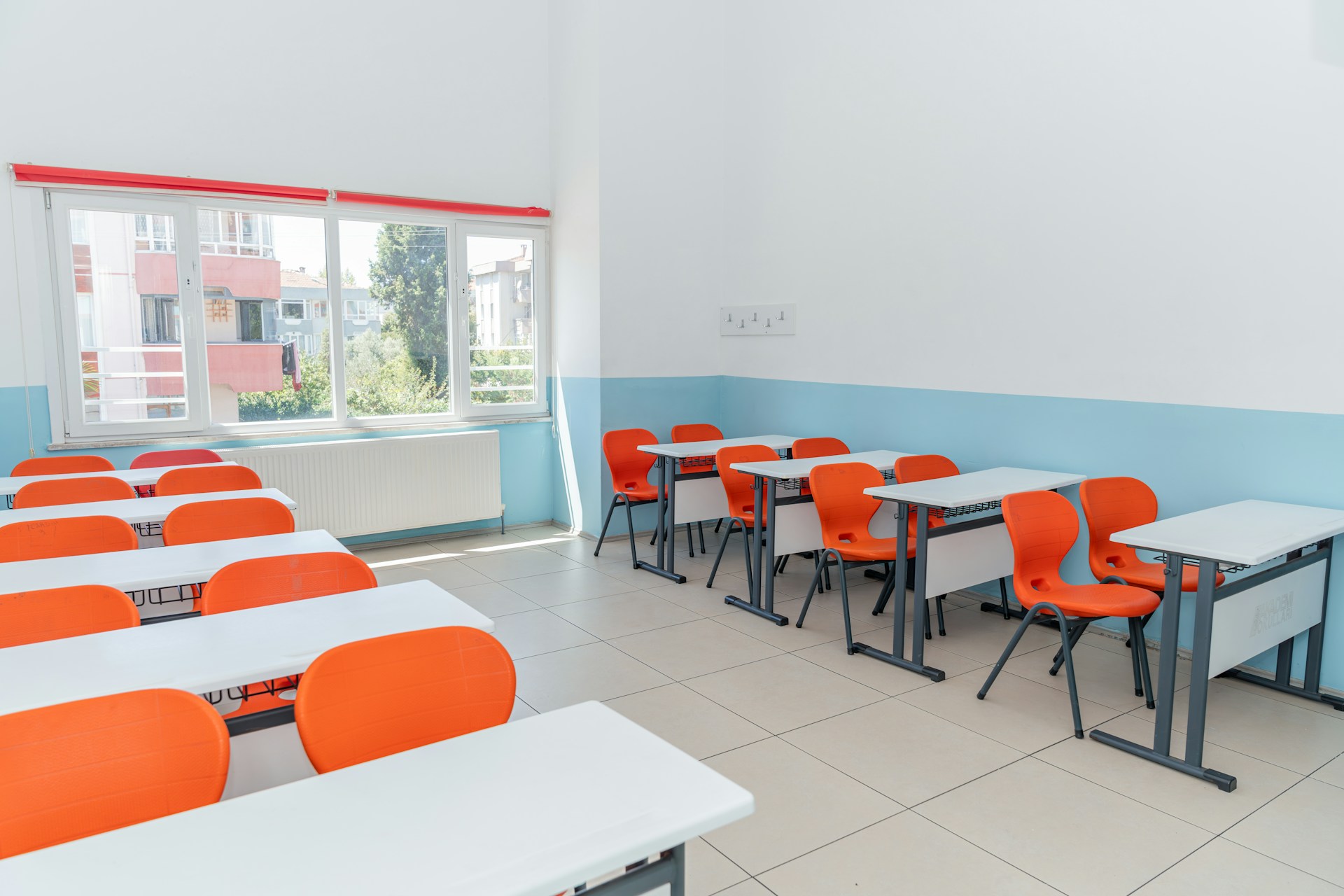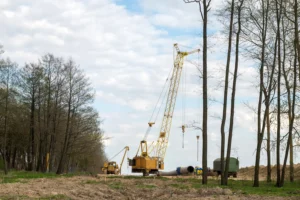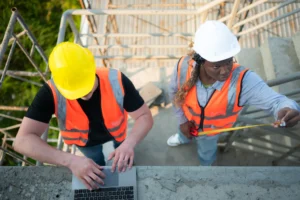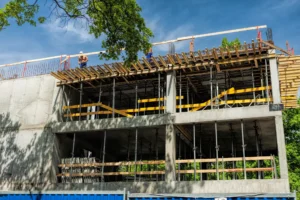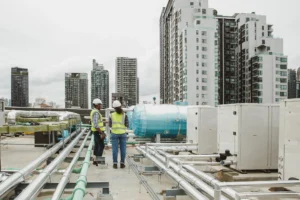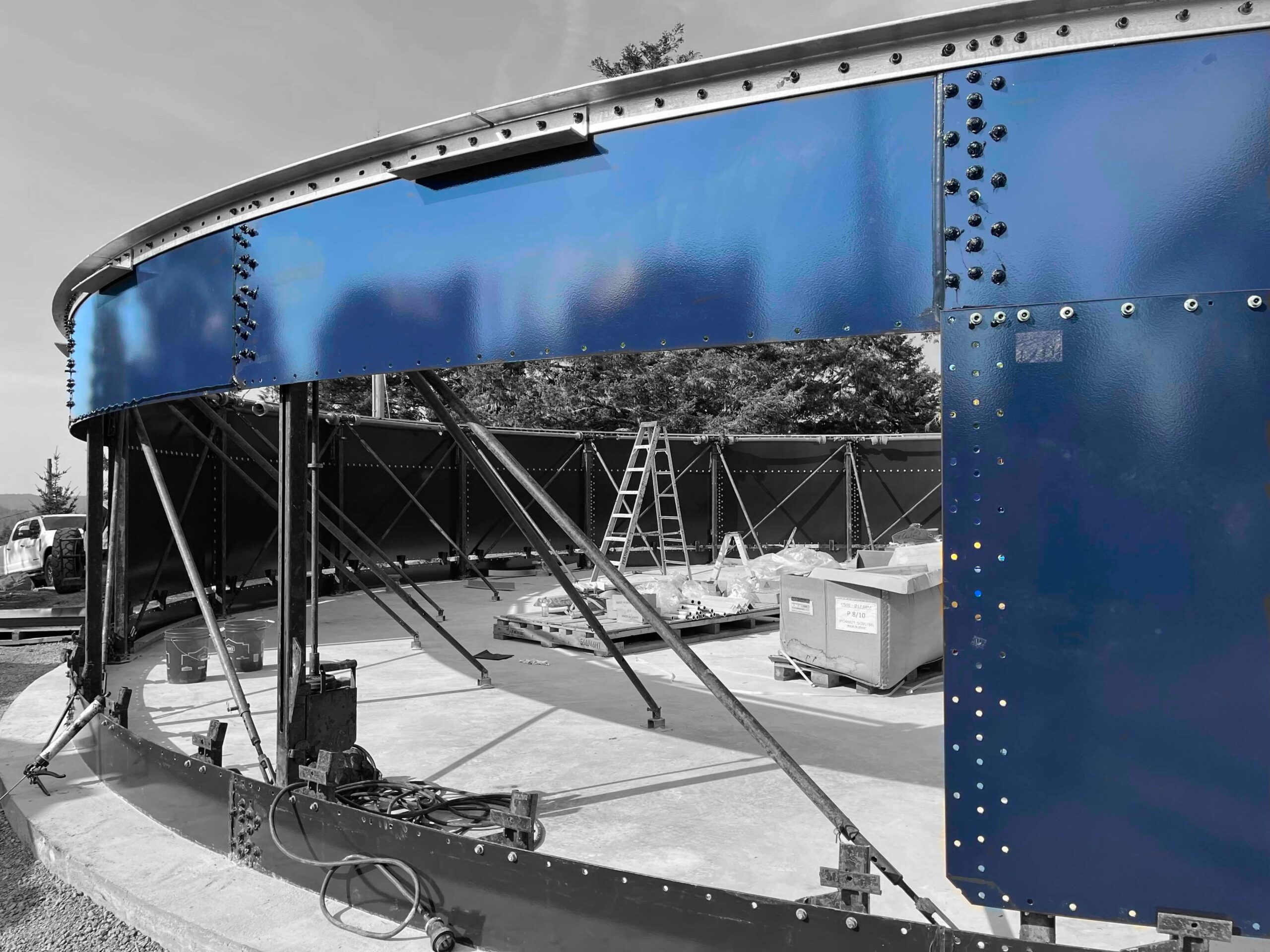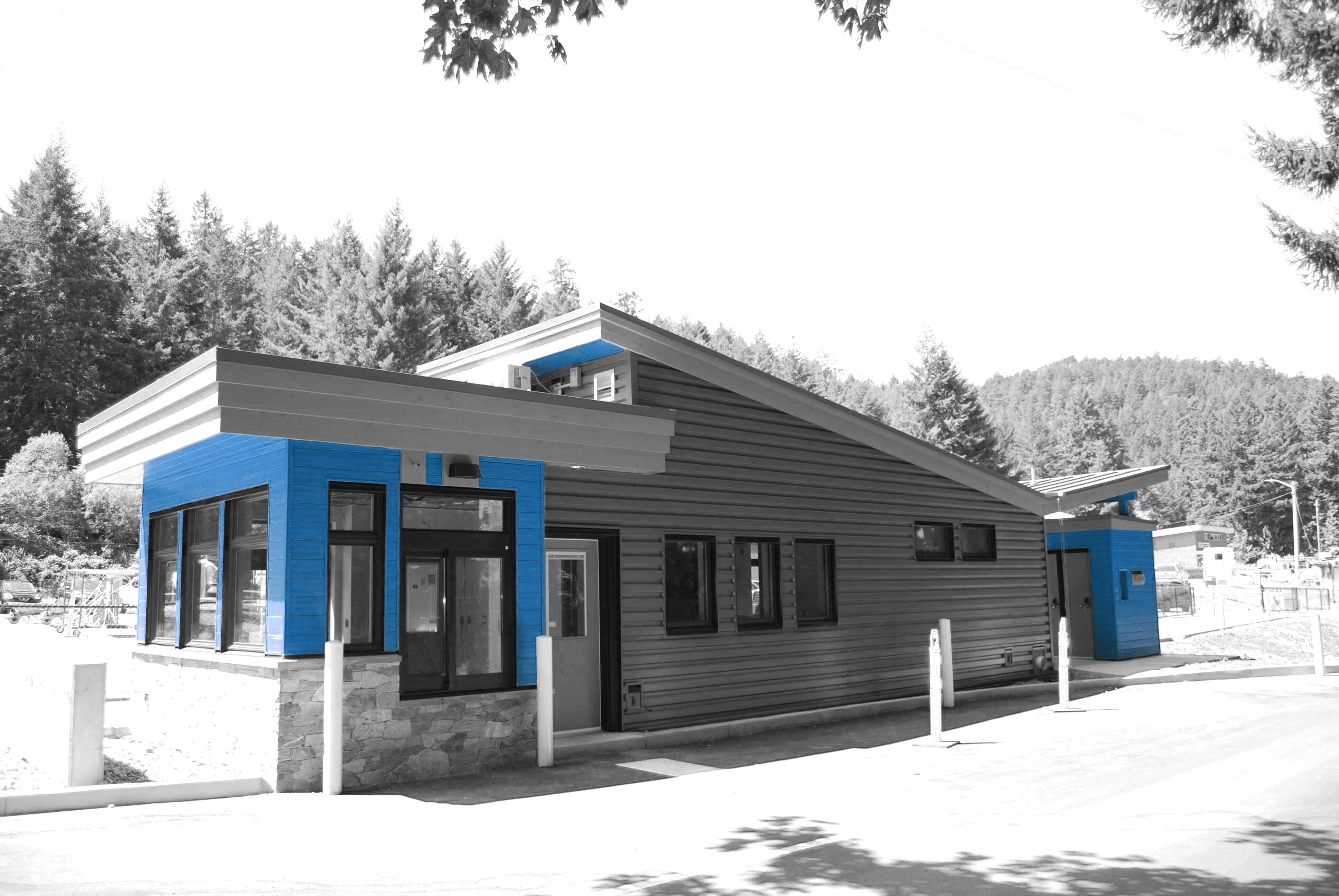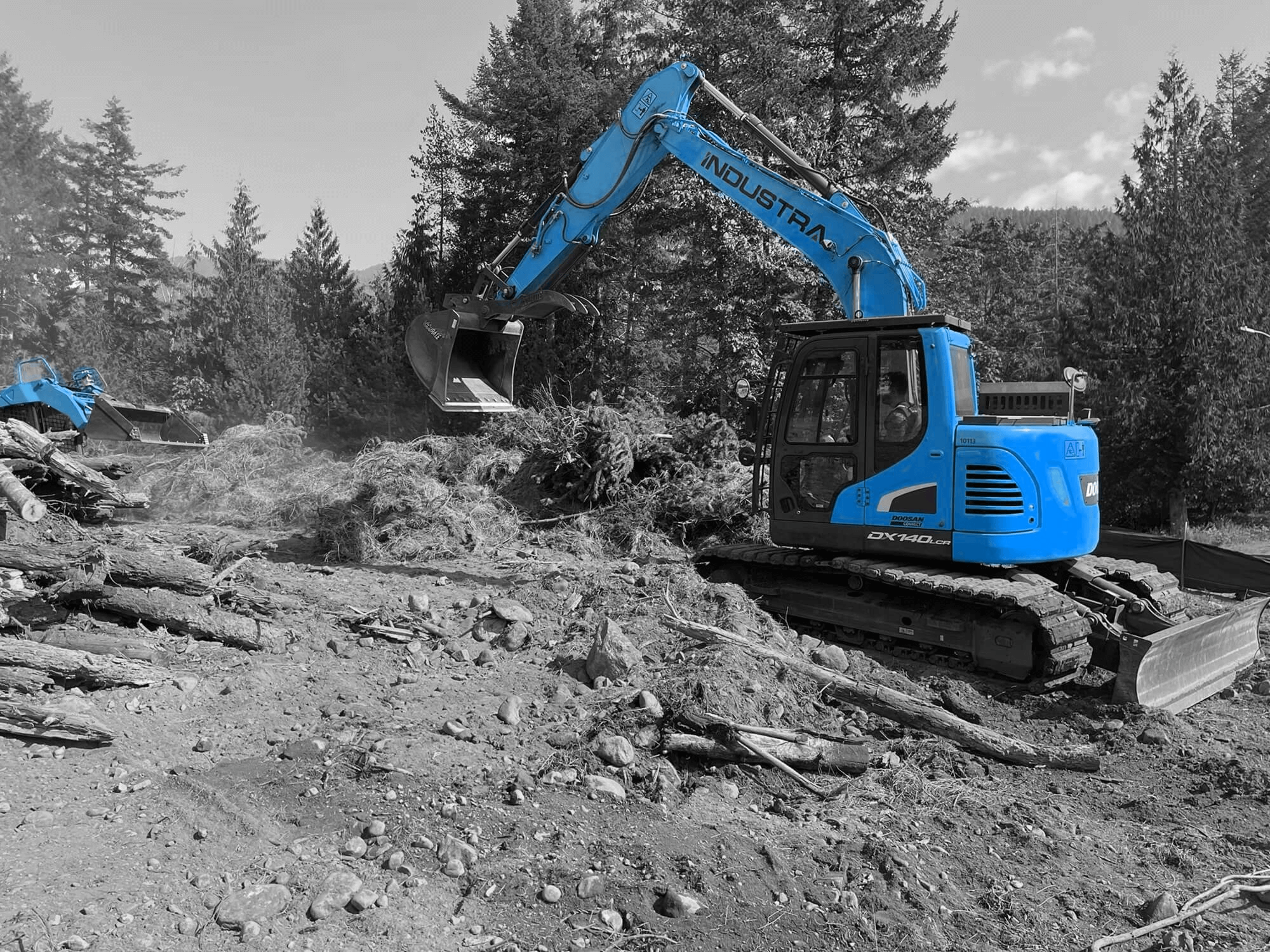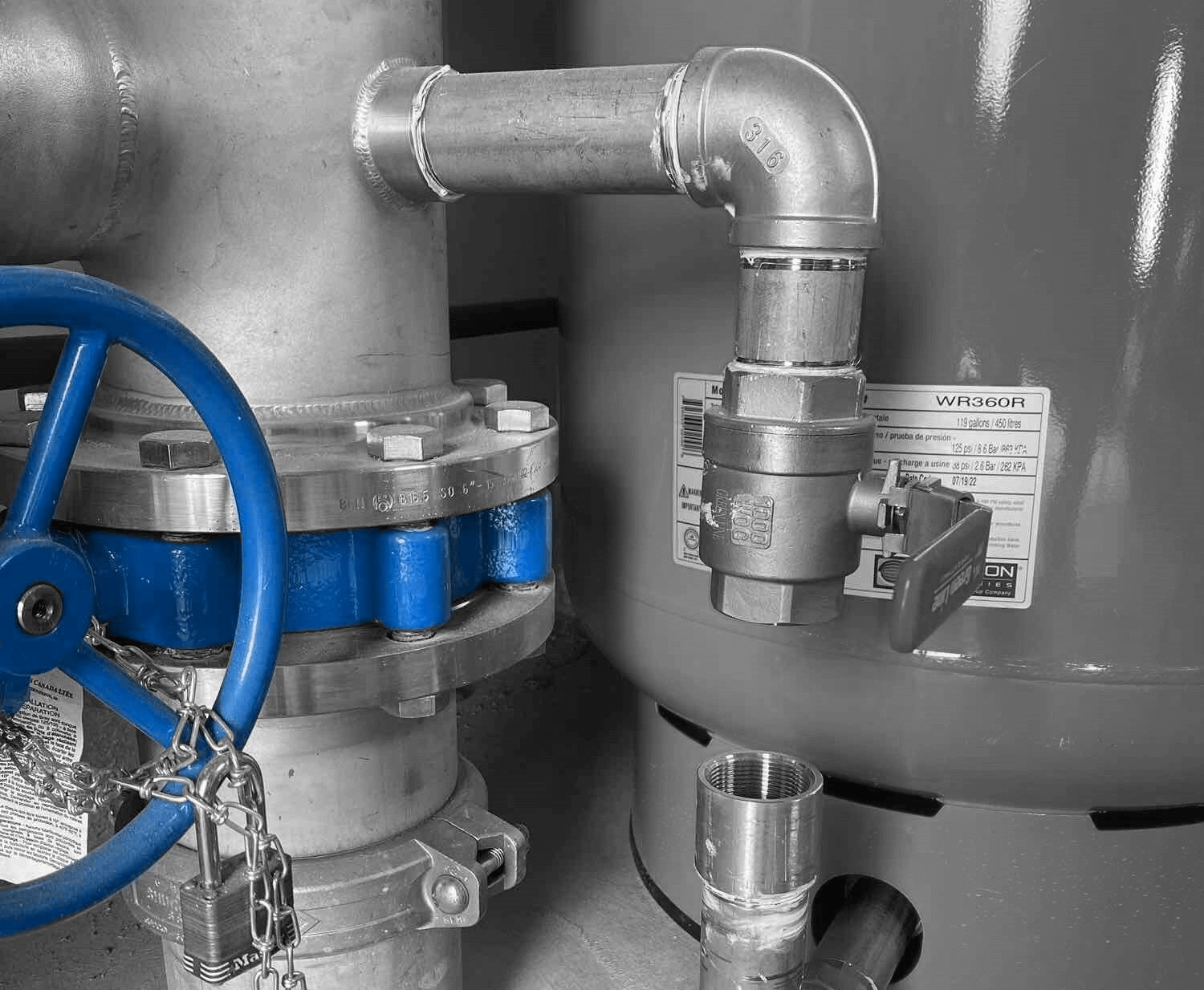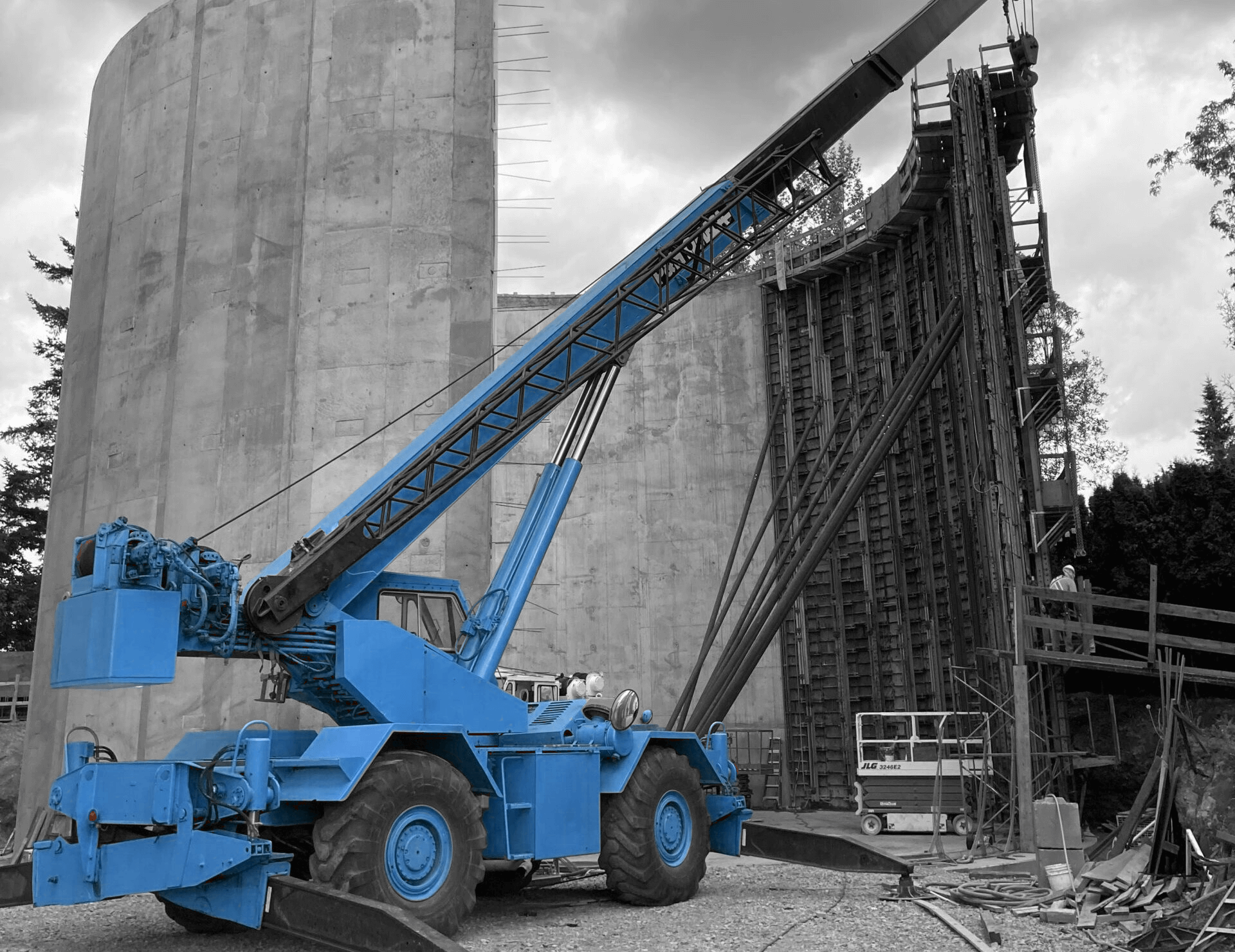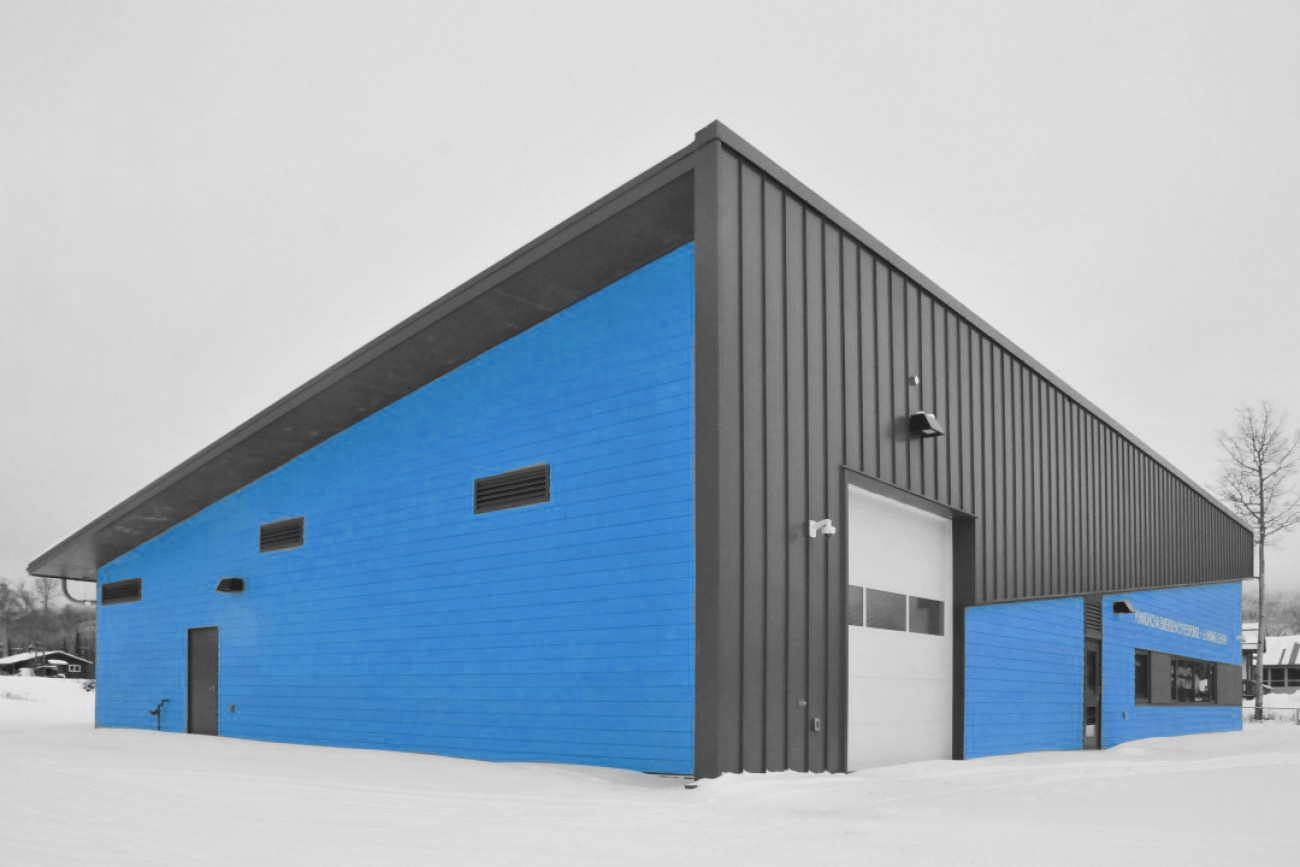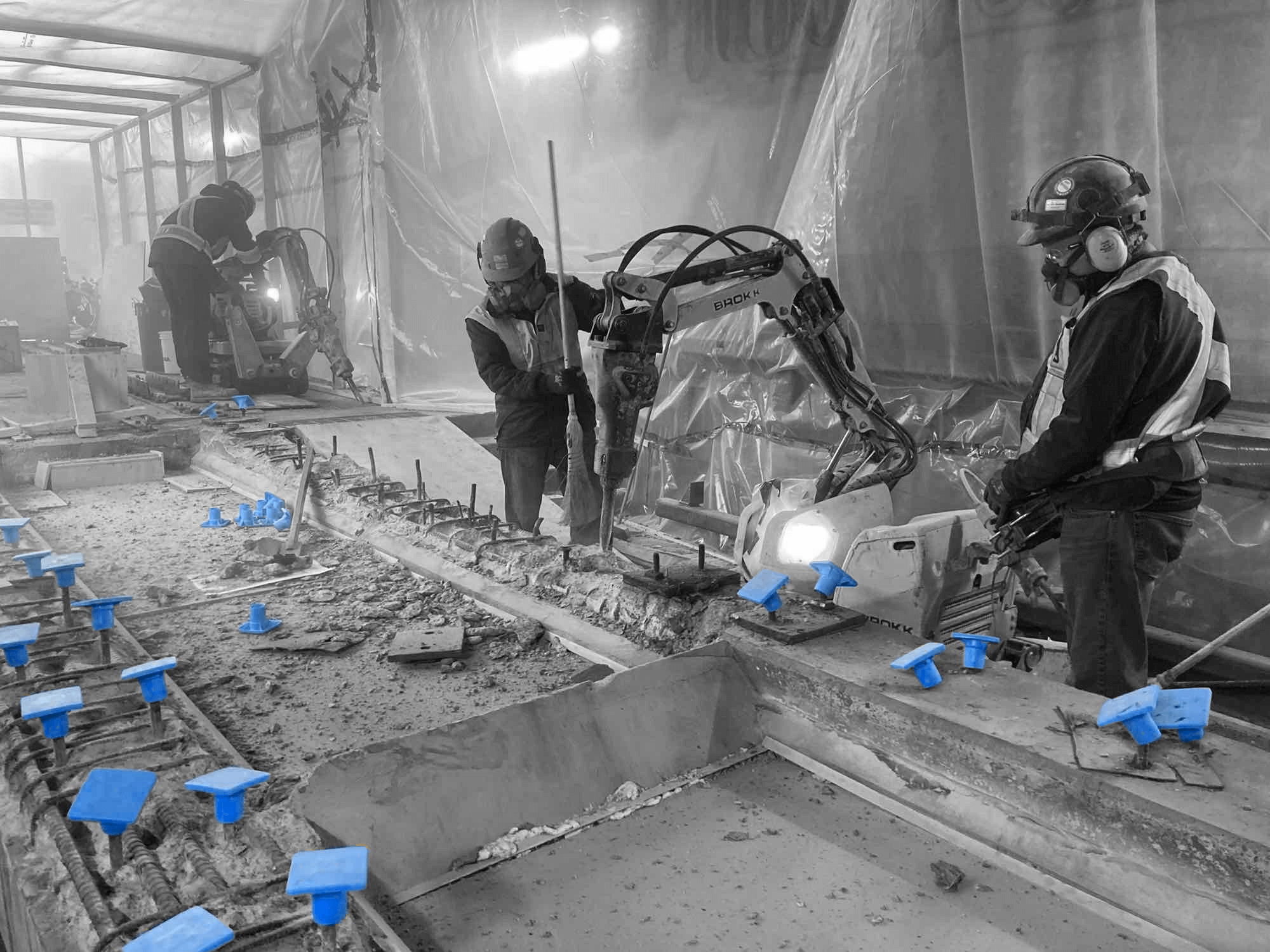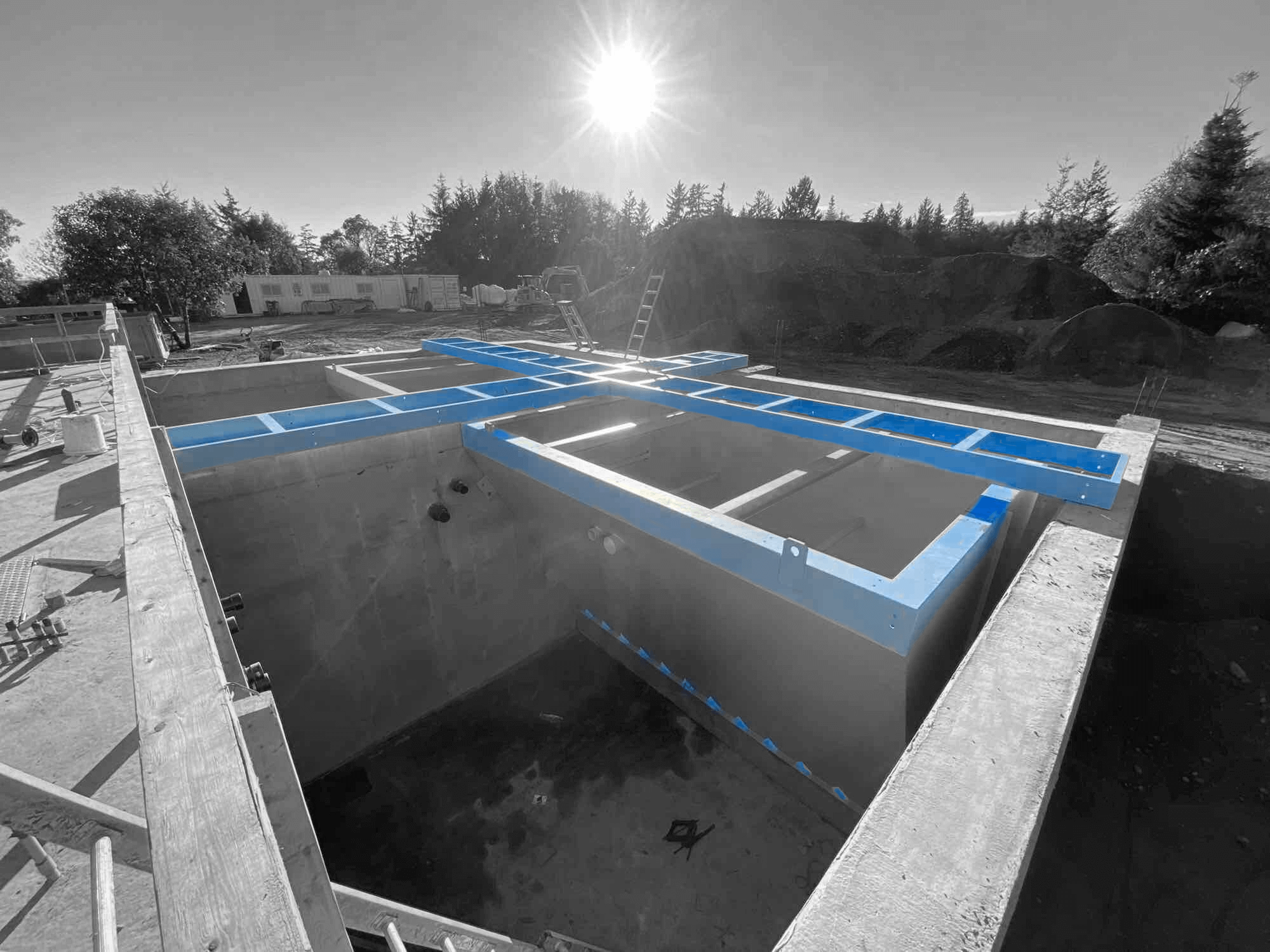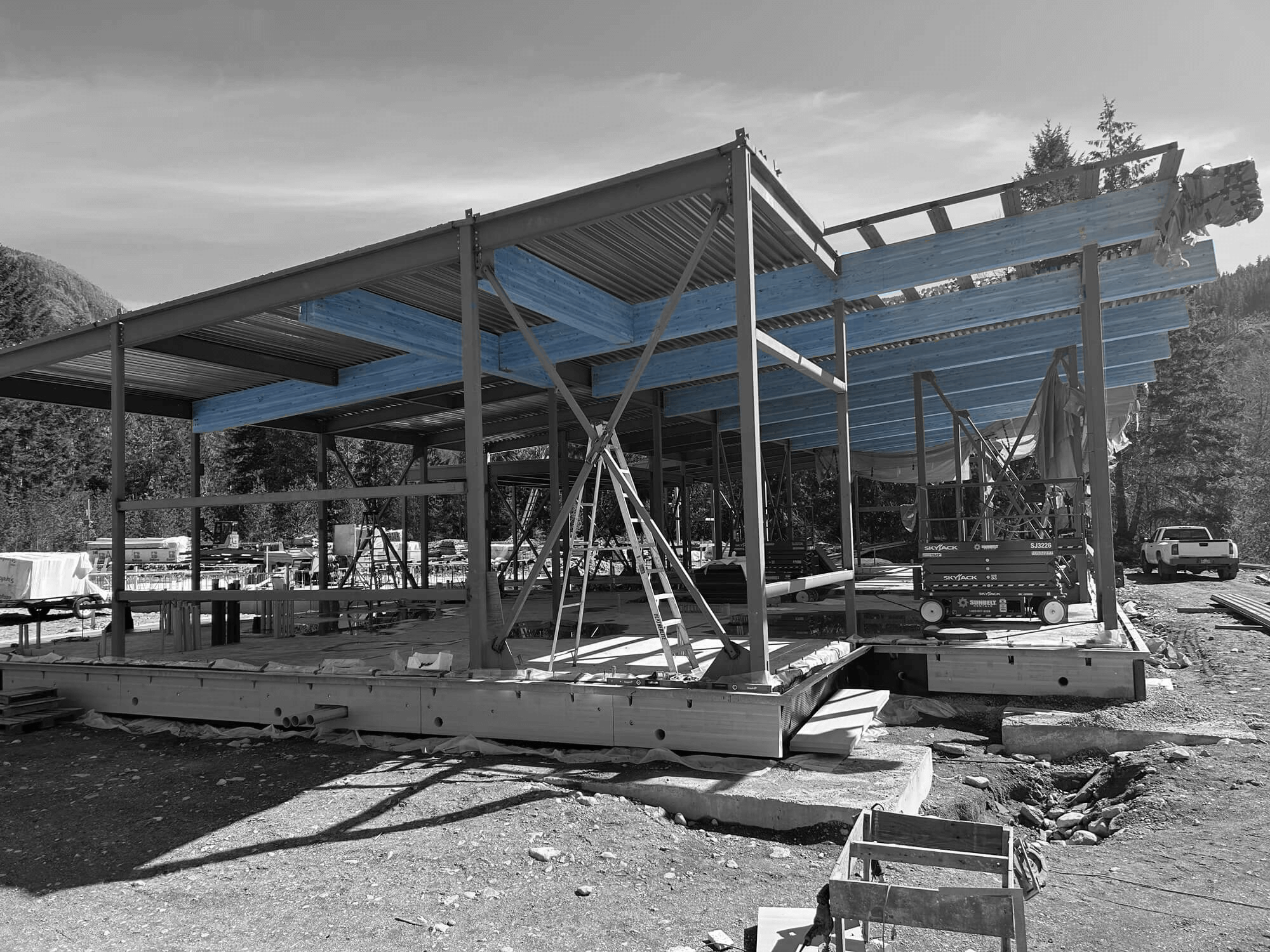Building a new school is an exciting but complex task. It involves careful planning, robust coordination, and expert management. One key player in this process is the general contractor. The role of a general contractor is crucial from the initial design phase to the final touches. They help ensure the project runs smoothly and meets all requirements.
This article will cover the role of a general contractor, the critical steps in school construction, safety and accessibility considerations, and budgeting and cost management tips.
Understanding the Role of a General Contractor
A general contractor plays a significant role in any construction project, especially when building a new school. They oversee the entire construction process from start to finish, including planning, coordinating, and supervising the work. Having a general contractor ensures that everything goes as planned.
Planning and Scheduling:
The general contractor helps create a detailed plan and schedule for the project. This makes sure that every task is completed on time. They work closely with architects and engineers to understand the project’s requirements.
Hiring and Supervising Subcontractors:
A general contractor hires subcontractors to perform plumbing, electrical, and carpentry tasks. They supervise these subcontractors to ensure work is done correctly and on time. This coordination is crucial for keeping the project on schedule.
Quality Control and Safety:
General contractors are responsible for ensuring that the construction meets all quality standards. They inspect the work regularly to ensure it is high quality and follows building codes. They also focus on ensuring the site is safe for workers and following all safety regulations.
Problem Solving:
Issues can arise during construction, like delays or unexpected costs. The general contractor handles these problems, finding solutions to keep the project moving smoothly. They adjust schedules and manage budgets to ensure the project stays on track.
Key Steps in the School Construction Process
Building a new school involves several key steps. These steps make sure the project is completed efficiently and meets all requirements.
1. Site Selection and Preparation:
– Choosing the right location for the new school is the first step. This involves assessing factors like accessibility, safety, and space. Once the site is selected, the area is prepared for construction by clearing it and setting up basic infrastructure.
2. Design and Permitting:
– The next step is the design phase. Architects and engineers create detailed plans for the new school. These plans include the layout, structural elements, and systems like plumbing and electrical. Local authorities then secure permits to ensure the construction meets all regulations and codes.
3. Foundation and Framing:
– After the permits are in place, the construction of the school begins. The foundation, which is the base of the building, is laid. Framing is then done to create the structure of the school. This includes installing beams and walls.
4. Systems Installation:
– Following the framing, the next step is installing the building’s systems. This includes the plumbing, electrical, and HVAC systems. These systems ensure the school is functional and comfortable for students and staff.
5. Interior and Exterior Finishing:
– Once the systems are installed, work on the interior and exterior finishes begins. This involves adding walls, floors, windows, and doors. Finishing touches like painting, installing fixtures, and landscaping are also completed.
6. Final Inspections and Handover:
– The last step is final inspections. These ensure everything is built according to the plan and meets all safety and quality standards. Once approved, the school is handed over to the client and ready to open for students.
By following these key steps, the construction of a new school can be completed smoothly and efficiently. Each step builds on the previous one, ensuring a well-constructed and functional building.
Important Considerations for School Safety and Accessibility
Safety and accessibility should be top priorities when building a new school. These aspects ensure the school is a safe and welcoming environment for all students, staff, and visitors.
Safety Measures:
1. Emergency Exits:
– Every school needs marked emergency exits. These exits should be well-lit and easily accessible from all building parts. Regular fire drills should ensure everyone can safely exit an emergency.
2. Security Systems:
– Installing security systems like cameras, alarms, and controlled access points can help protect students and staff. These systems should be monitored regularly to ensure they are functioning correctly.
3. Safe Materials:
– Using non-toxic, fire-resistant materials in construction reduces the risk of harm. It’s also essential to ensure that playground equipment and other facilities meet safety standards.
Accessibility Features:
1. Ramps and Elevator:
– Installing ramps and elevators ensures that students with mobility issues can access all areas of the school. The initial design should include these features to integrate them seamlessly into the building structure.
2. Accessible Washrooms:
– Schools should have accessible washrooms for all students, including those with disabilities. This may include larger stalls, handrails, and automatic doors.
3. Visual and Auditory Aids:
– For students with visual or hearing impairments, consider adding visual aids like large print signs and auditory aids like hearing loops in classrooms. These accommodations help make the learning environment inclusive.
Prioritizing these considerations during construction helps create a safe and accessible school for everyone.
Budgeting and Cost Management for School Projects
Balancing the budget is crucial to any construction project, especially for schools. Effective budgeting ensures that the project is completed without unnecessary financial strain.
Creating a Realistic Budget:
1. Initial Cost Eliminates:
– Start with detailed cost estimates for every aspect of the construction project. This includes materials, labour, permits, and unexpected expenses. Work with experienced professionals to get accurate estimates.
2. Funding and Financing:
– Secure the necessary funding for the project. This may involve applying for grants, securing loans, or using school district funds. Make sure to explore all available options to cover costs.
Managing Costs During Construction:
1. Regular Budget Reviews:
– Conduct regular budget reviews to track spending. Compare actual expenses with the initial estimates and adjust the budget as needed. This helps identify any areas where costs are exceeding expectations.
2. Cost-Saving Measures:
– Look for cost-saving opportunities without compromising quality. This could include purchasing materials in bulk, negotiating with suppliers, or finding more efficient construction methods.
3. Contingency Fund:
– Set aside a contingency fund for unexpected expenses. Having this buffer helps address any surprises without derailing the entire project.
Proper budgeting and cost management ensure that the construction of a new school stays on track financially.
Conclusion
Building a new school is an ambitious and fulfilling project. Each step requires careful attention, from planning and coordination to ensuring safety and staying on budget. General contractors play a pivotal role in seeing the project through from start to finish. They make the vision of a new school a reality by managing every aspect, ensuring quality, and adhering to safety standards.
The process involves many crucial stages, from selecting the site, securing permits, laying the foundation, and installing systems. Safety and accessibility should be considered, ensuring the school is a welcoming and secure place for all students and staff. Equally important is managing the budget effectively. The project remains financially viable by tracking expenses and preparing for unexpected costs.
If you’re planning a new school construction project and need expert guidance, reach out to Industra Construction Corp. Our general contractors in Surrey are here to help you turn your vision into reality with comprehensive EPC/design-build services and experienced general contracting. Contact us today to discuss your project needs!


